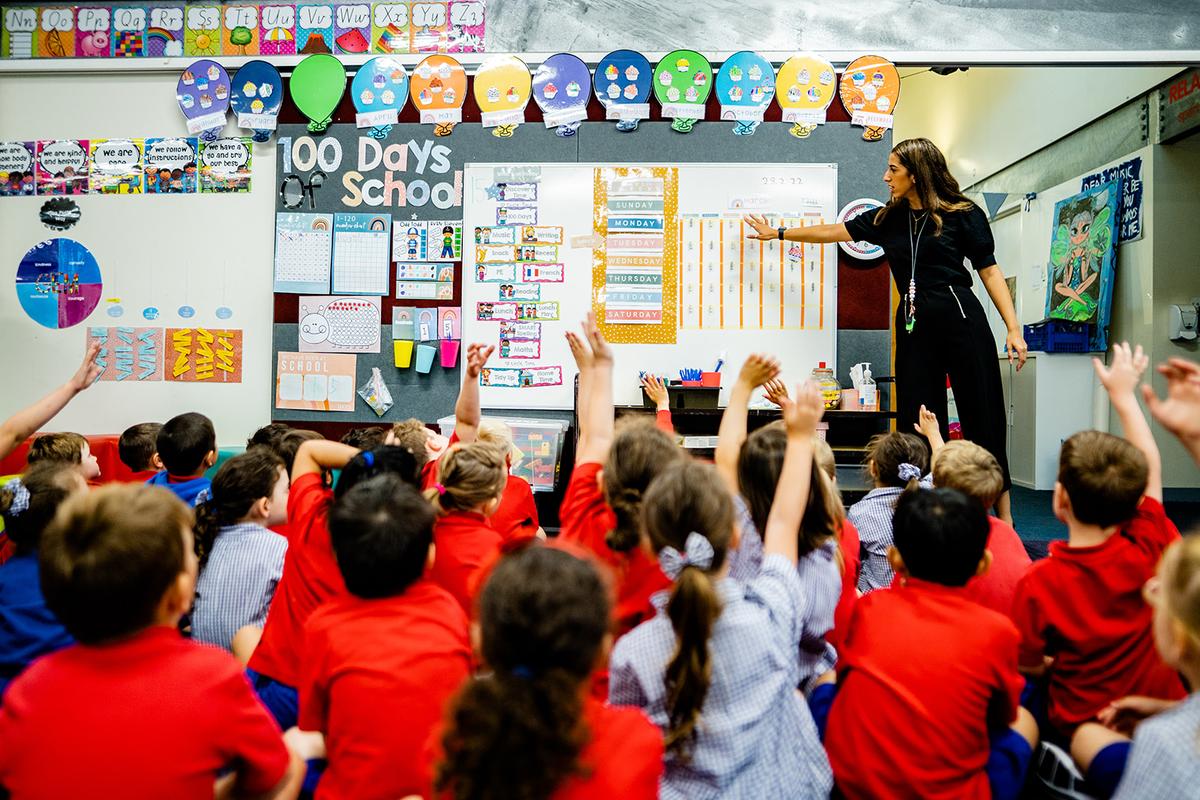Teaching & learning: Establishing routines
– Katie Klajnblat, Assistant Principal; Jo Capp and Paisley Blank, Learning Specialists

Teaching & learning: Establishing routines
– Katie Klajnblat, Assistant Principal; Jo Capp and Paisley Blank, Learning Specialists
The aim of this fortnightly article is to keep everyone informed and engaged with the ongoing changes across our school. We’ll unpack how these changes are reflected in our classrooms and examine their impact on student learning. Each edition will provide insights into the latest educational research, teaching strategies, and wellbeing initiatives that shape our school community.


WHAT
Classroom routines are taught procedures that are carried out by teachers and students, aimed at fostering a safe and learning-focused environment. Routines provide structure, and consistency to support student learning.
WHY
Establishing routines is important for student learning because they help create a predictable and safe environment. When students know what to expect, they feel more comfortable and confident. Routines:
ATTENTION SIGNALS
Teachers have been practicing attention signals to ensure the class is ready for learning and tuned in. This is consistent right across the school, and you may even have heard Mr. Cain use an attention signal at assembly.
Teacher: “My voice is on”
Students: “My voice is off”
Teacher: “Clutch and drop”
Students: “Look and listen”
SIT SPOTS / TABLE SPOTS
All students across the school have sit spots at their tables and on the floor. Assigned seating is supported by cognitive load theory, which asserts that reducing the small decisions children have to make (like where to sit) improves their capacity to focus on learning.
ENTRY/EXIT ROUTINES
Students are expected to enter and exit the classrooms in a calm manner with teachers explicitly modelling their expectations. This is not for the sake of compliance, rather, it is also in support of cognitive load theory.
TRANSITIONING IN THE ROOM
Students are asked to “walk with purpose” when transitioning from task to task to ensure the maximum amount of learning time during the day.
Support your children by asking them about the routines in their classroom and by always coming back to having a focus on learning.
Example:
“You have a sit spot so that you know where to sit and so that everyone can get ready to learn, quickly.”
View tried and tested guides to managing the classroom to maximise learning: